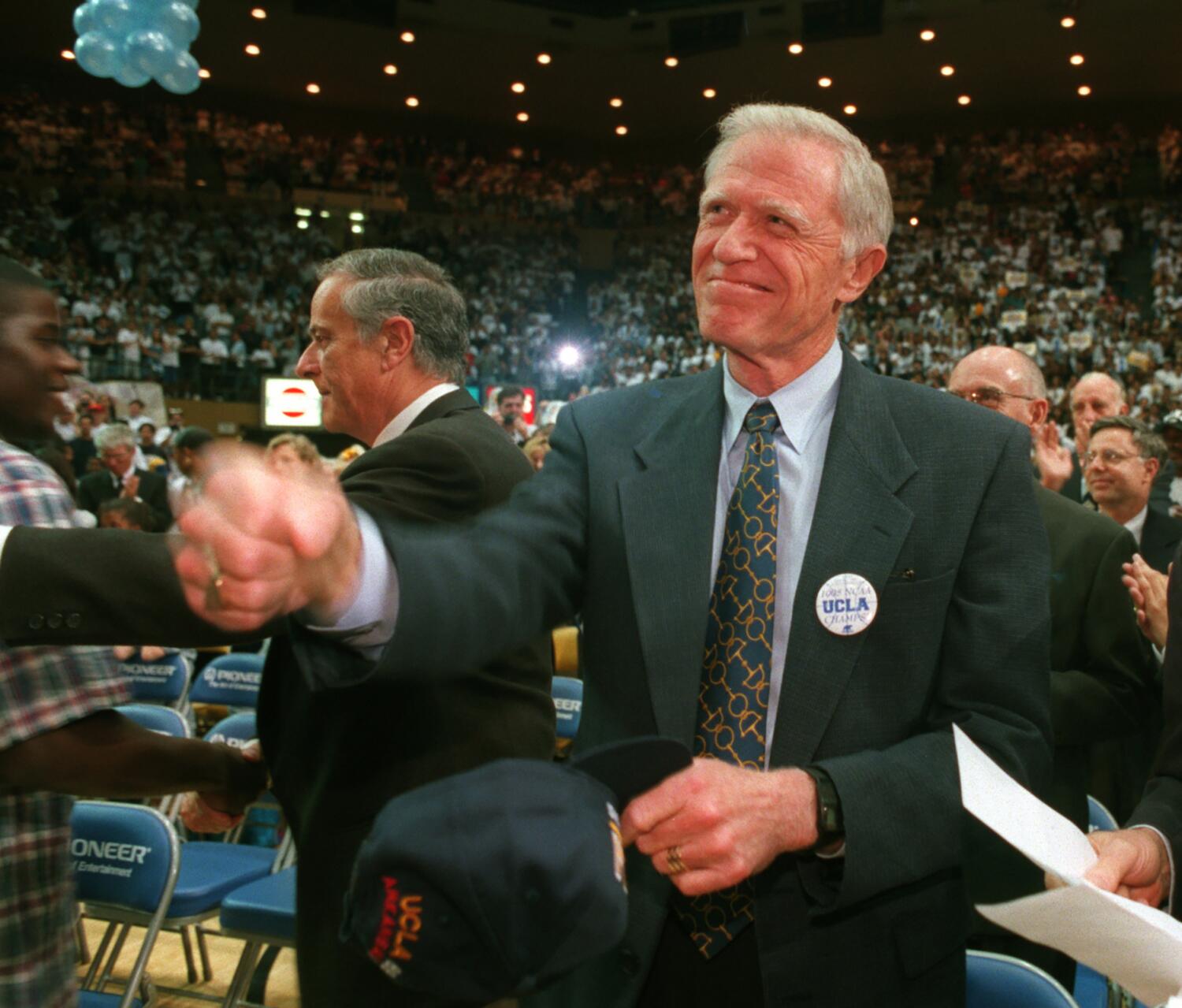Charles E. Young, UCLA’s longest serving chancellor, dead at 91


Charles E. Young, the fiery, fiercely outspoken chancellor of UCLA credited with turning the campus into an academic powerhouse, died of natural causes Sunday at his Sonoma home. He was 91.
At the helm of UCLA for 29 years, Young oversaw its transformation from a small regional campus to one of the nation’s premier research universities.
“During his long tenure, Chuck Young guided UCLA toward what it is today: one of the nation’s most comprehensive and respected research universities and one that is profoundly dedicated to inclusiveness and diversity,” said UCLA Chancellor Gene Block in a statement announcing Young’s death.
When Young started at the post at the age of 36 in 1968, he was the youngest chancellor in UC history. When he retired in 1997, he would be one of the longest-serving leaders of an American university.
UCLA grew rapidly under his watch. Its annual operating budget increased tenfold to $1.7 billion. The number of undergraduates increased from 19,000 to 24,000. And the number of endowed professorships rose from 1 to over 100.
At the time of his retirement, the president of the American Council on Education called Young “one of the most admired and respected figures in American higher education.”
Young regularly sparred with his bosses at the UC Board of Regents.
Just months after becoming chancellor, Young famously refused to fire political activist Angela Davis, then a professor in UCLA’s philosophy department despite pressure from the regents after they learned she was a member of the Communist Party.
Young would call the episode a “seminal moment” in his career, catapulting him into the national spotlight and allowing him to clearly carve out a position on academic freedom.
And when the UC Board of Regents debated how to implement a ban on affirmative action in admissions, Young, a staunch supporter of affirmative action, rallied loudly against the plan. He often spoke publicly about the importance of ensuring public universities are easily accessible to a students of color.
“The notion that we’re doing it for ‘them’ is wrong,” said Young, a year before he retired. “This is something we do for all of us.”





